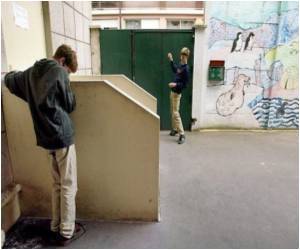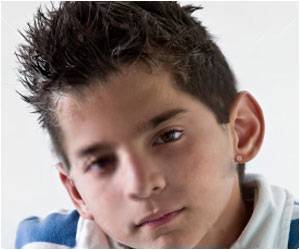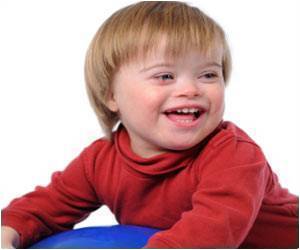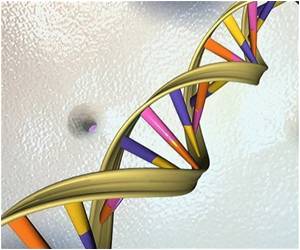
Results indicated that children with ASD were less likely than typically-developing peers to look at other people's eyes and faces, and were more likely to fixate on bodies and inanimate objects. The results also revealed the varying ways in which children with ASD use the information they observe. For the entire group of children with ASD, increased observation of inanimate objects rather than people was associated with more severe social disability. However, for some subsets of the autism spectrum, such as highly verbal children with ASD, whose verbal IQs were larger than their nonverbal IQs, increased looking at others people's mouths was associated with less disability.
"These results help us tease apart some of the vast heterogeneity of the autism spectrum," said Rice. "For some children, atypical looking patterns may be serving as a compensatory strategy; but for others, these patterns are clearly associated with maladaptive behaviors. Objective, quantitative measures of social disability help us to identify these subsets in a data-driven manner."
Source-Eurekalert









